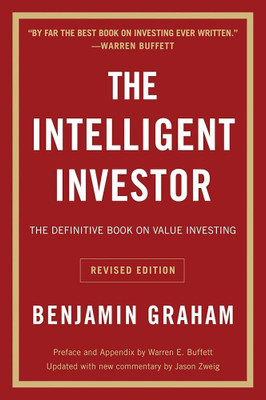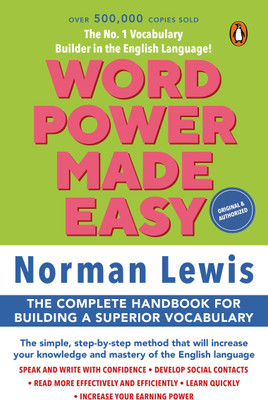
Get notified when this item comes back in stock.
Engineering Mechanics For Sem 1 And Sem 2 BATU (BTES203)(BTES103) (Hardcover, SANJU UNADKAT, PROF. ANIL T. BABAR, DR. SHENDGE R. B.)
Share
Engineering Mechanics For Sem 1 And Sem 2 BATU (BTES203)(BTES103) (Hardcover, SANJU UNADKAT, PROF. ANIL T. BABAR, DR. SHENDGE R. B.)
4.3
16 Ratings & 0 Reviews₹385
Sold Out
This item is currently out of stock
Highlights
- Author: SANJU UNADKAT, PROF. ANIL T. BABAR, DR. SHENDGE R. B.
- 430 Pages
- Language: English
- Publisher: Tech-Neo Publications
Seller
Description
Module 1 : Basic Concepts (7 Lectures) Basic Concepts : Objectives of Engineering Analysis and Design, Idealization of Engineering Problems, Simplification of real 3D problems to 2-D and 1-D domain, Basis of Assumptions, types of supports, types of load, free body diagram, Laws of Motion, Fundamental principles, Resolution and composition of a forces, Resultant, couple, moment, Varignon?s theorem, force systems, Centroid of composite shapes, moment of inertia of planer sections and radius of gyration. (Refer Chapters 1, 4 and 5) Module 2 : Equilibrium (7 Lectures) Static equilibrium, analytical and graphical conditions of equilibrium, Lami?s theorem, equilibrium of coplanar concurrent forces, coplanar non concurrent forces, parallel forces, beams reactions simple trusses (plane and space), method of joints for plane trusses, method of sections for plane trusses Friction : Coulomb law, friction angles, wedge friction, sliding friction and rolling resistance. (Refer Chapters 2, 3, and 6) Module 3 : Kinematics (7 Lectures) Types of motions, kinematics of particles, rectilinear motion, constant and variable acceleration, relative motion, motion under gravity, study of motion diagrams, angular motion, tangential and radial acceleration, projectile motion, kinematics of rigid bodies, concept of instantaneous center of rotation, concept of relative velocity. (Refer Chapters 7, 8, 9, 10, 11 and 12) Module 4 : Kinetics (6 Lectures) Kinetics : Mass moment of inertia, kinetics of particle, D'Alembert?s principle : applications in linear motion, kinetics of rigid bodies, applications in translation, applications in fixed axis rotation. (Refer Chapters 13, 14, 15 and 16) Module 5 : Work, Power, Energy (6 Lectures) Principle of virtual work, virtual displacements for particle and rigid bodies, work done by a force, spring, potential energy, kinetic energy of linear motion and rotation, work energy equation, conservation of energy, power, impulse momentum principle, collision of elastic bodies.. (Refer Chapters 17, 18 and 19)
Read More
Specifications
| Book |
|
| Author |
|
| Binding |
|
| Publishing Date |
|
| Publisher |
|
| Edition |
|
| Board |
|
| Exam |
|
| Number of Pages |
|
| Language |
|
| Subject |
|
Manufacturing, Packaging and Import Info
Ratings & Reviews
4.3
★
16 Ratings &
0 Reviews
- 5★
- 4★
- 3★
- 2★
- 1★
- 11
- 3
- 0
- 0
- 2
Have you used this product? Be the first to review!
Be the first to ask about this product
Safe and Secure Payments.Easy returns.100% Authentic products.
Back to top




